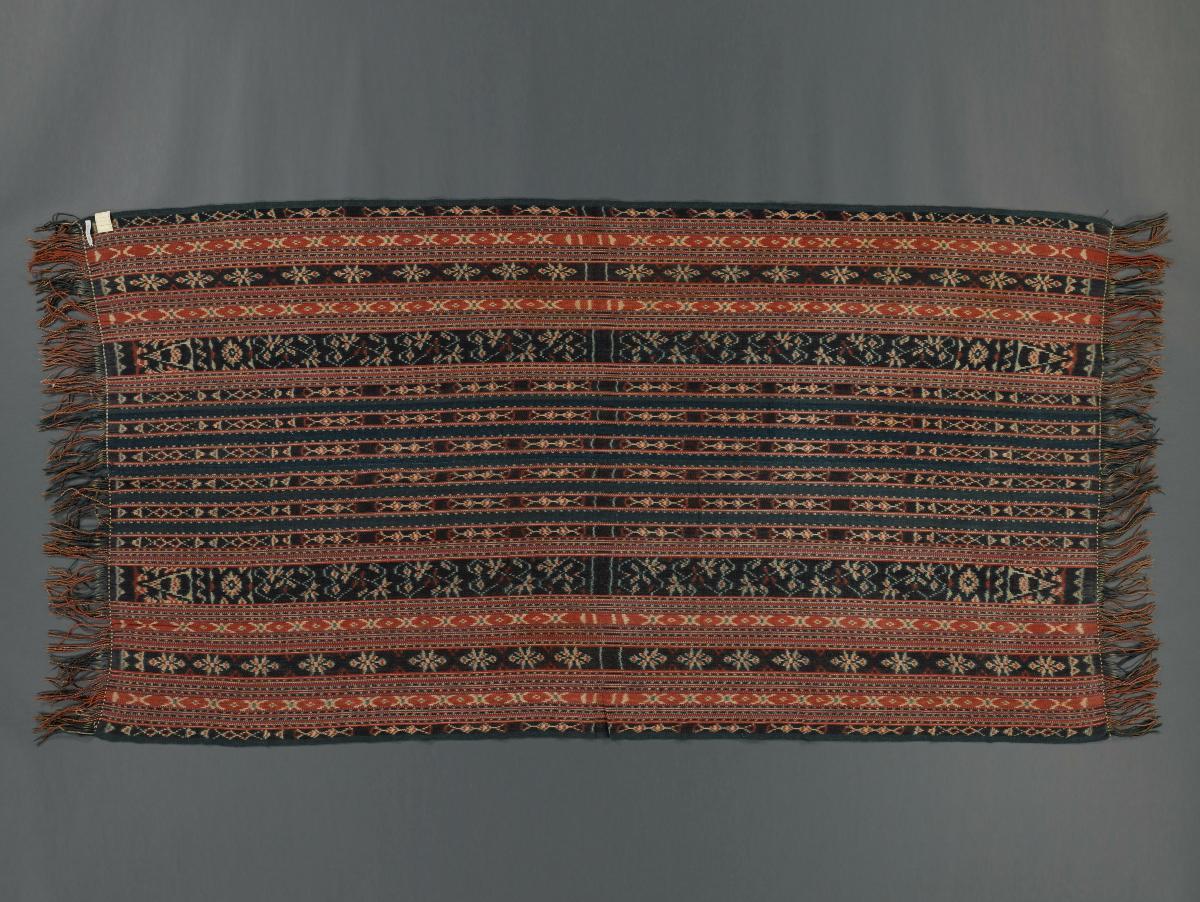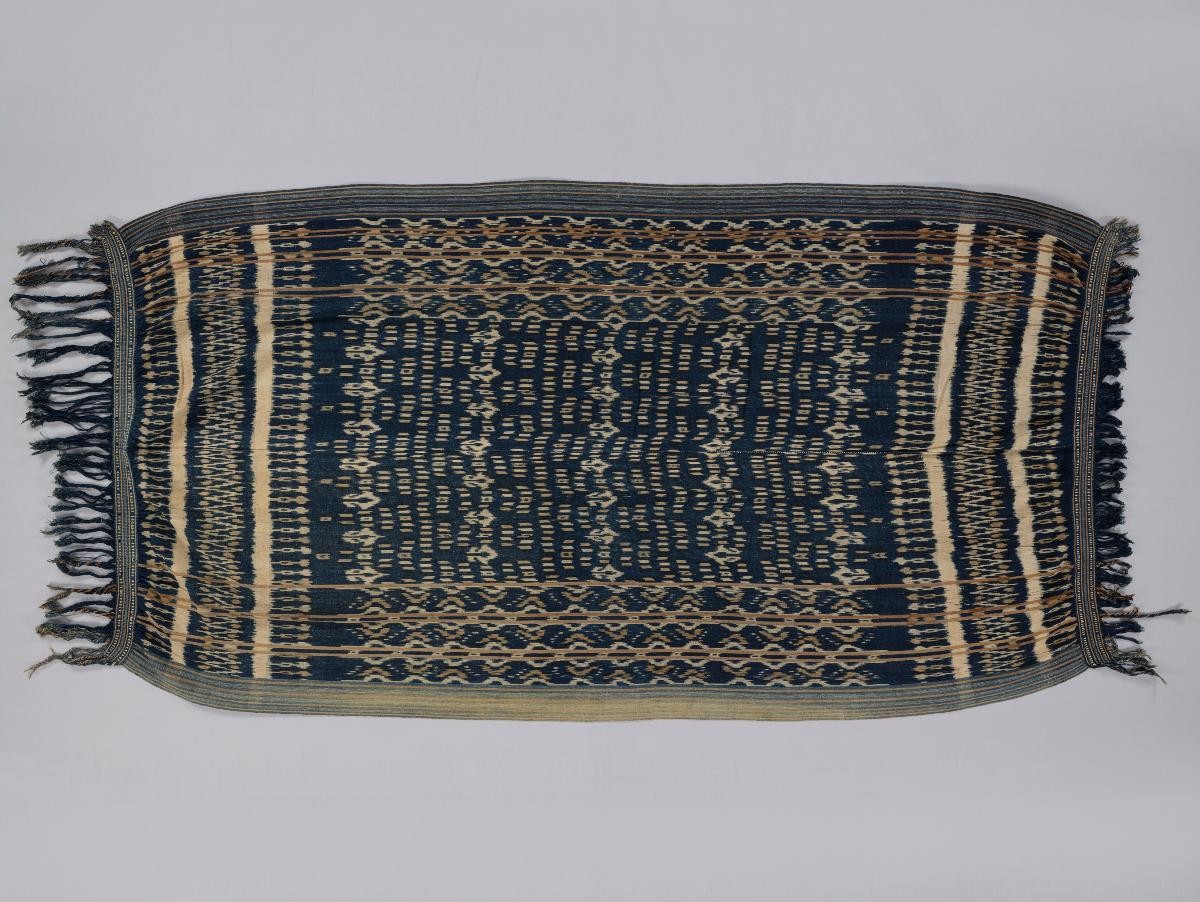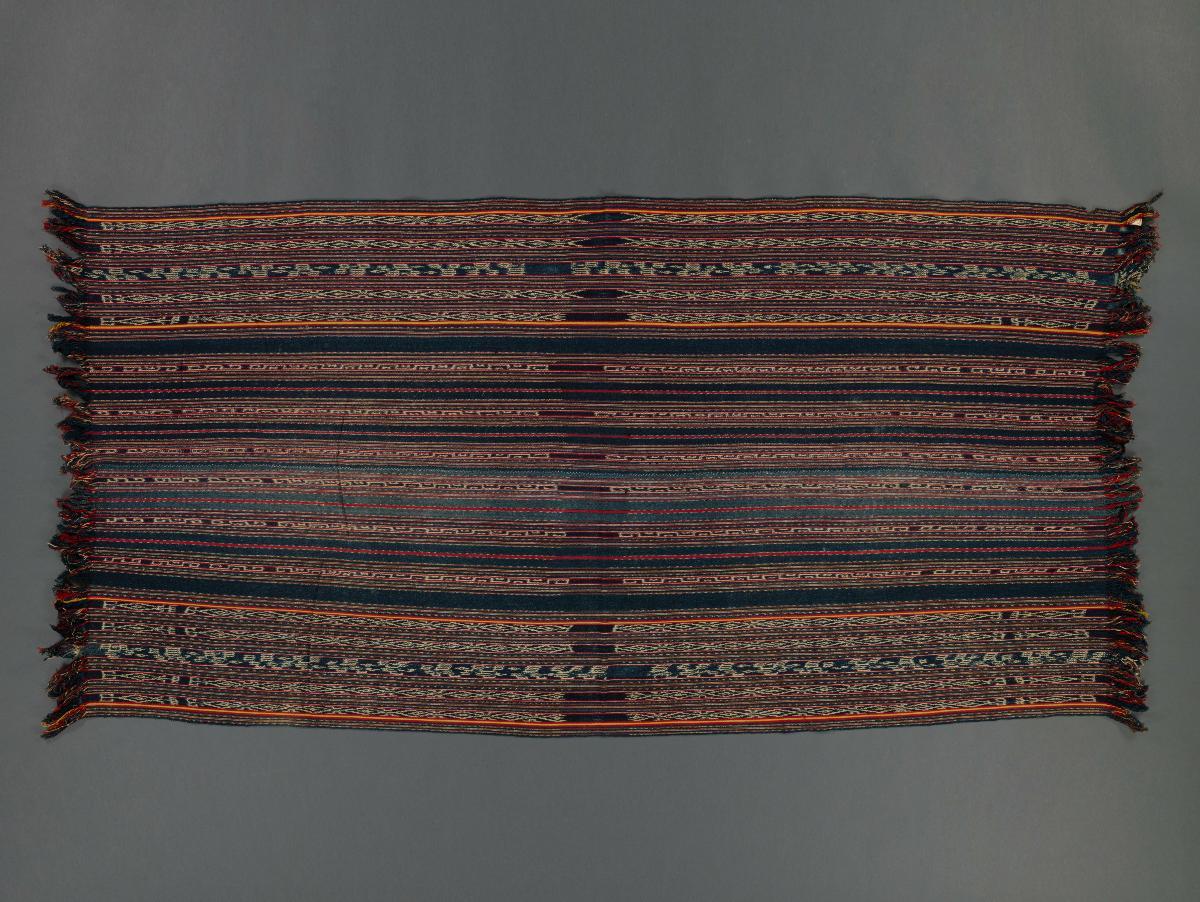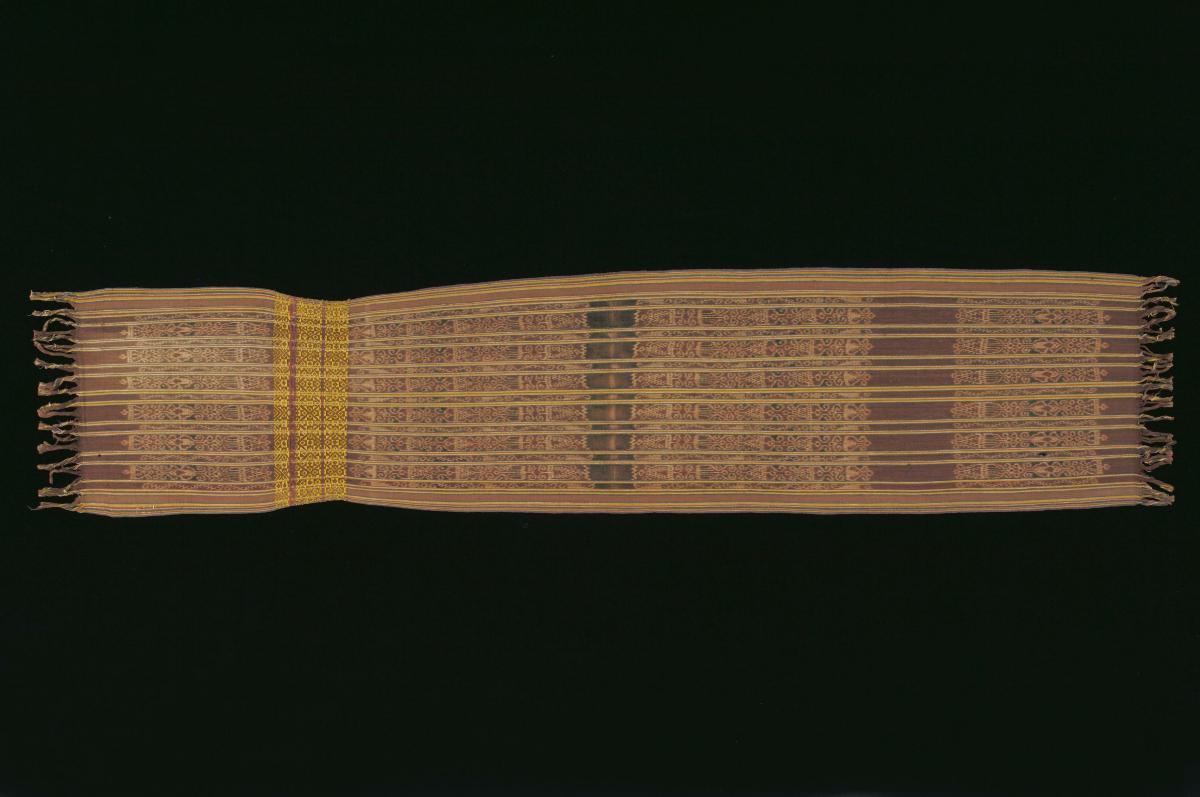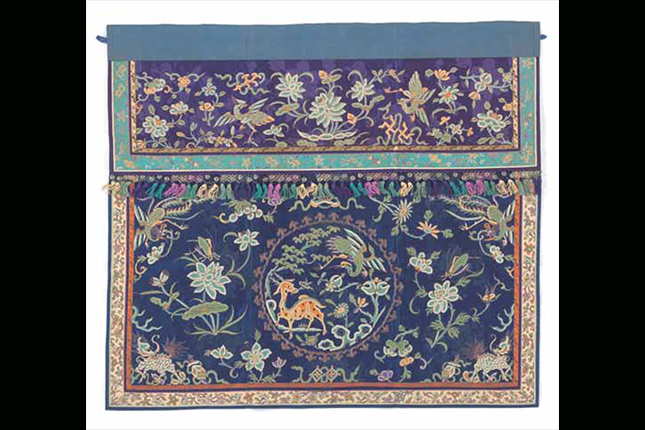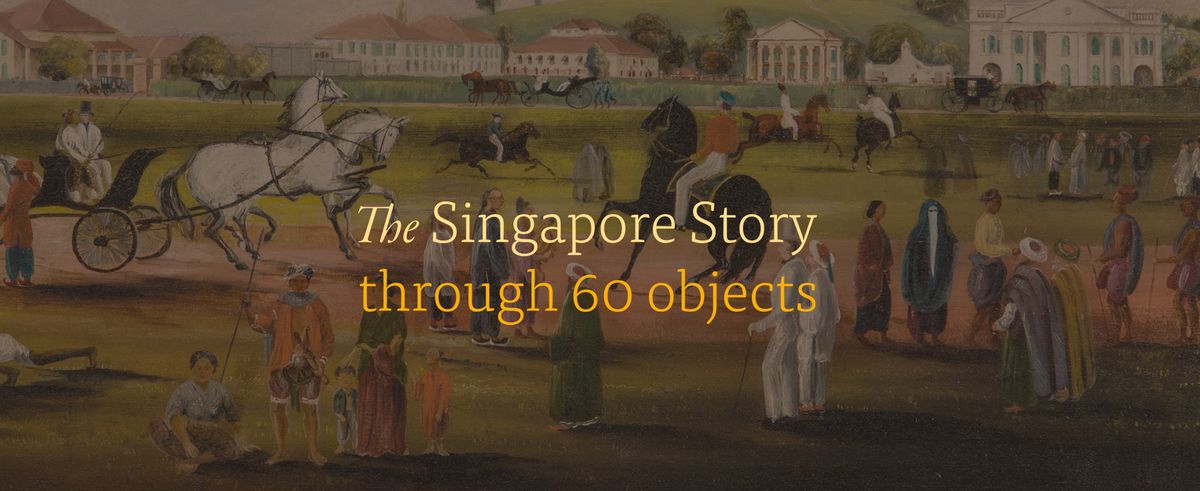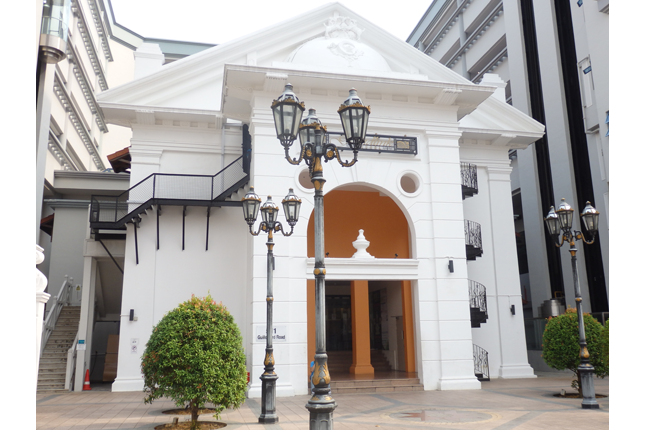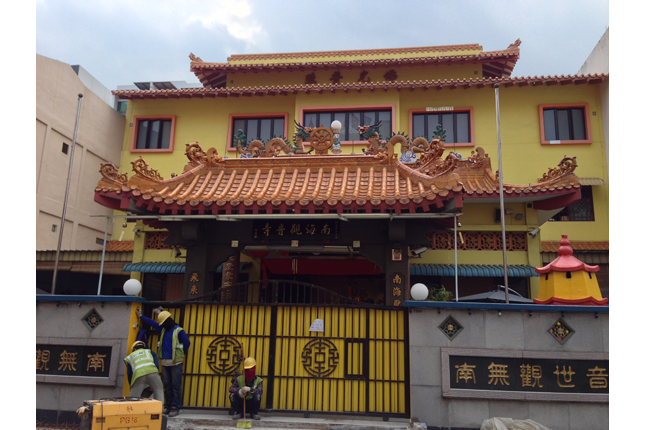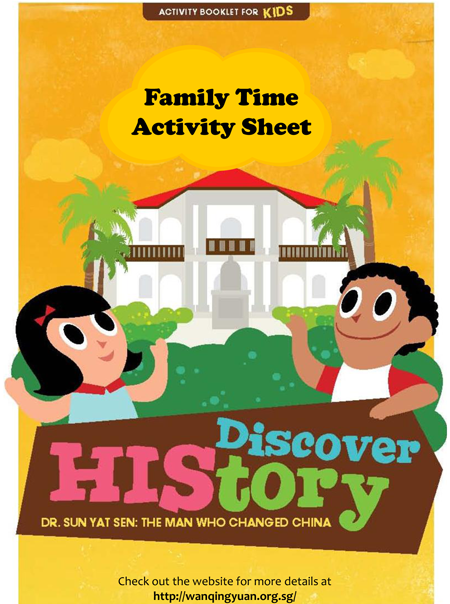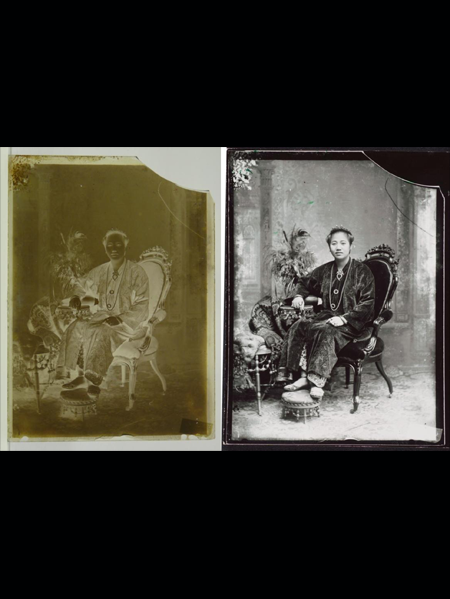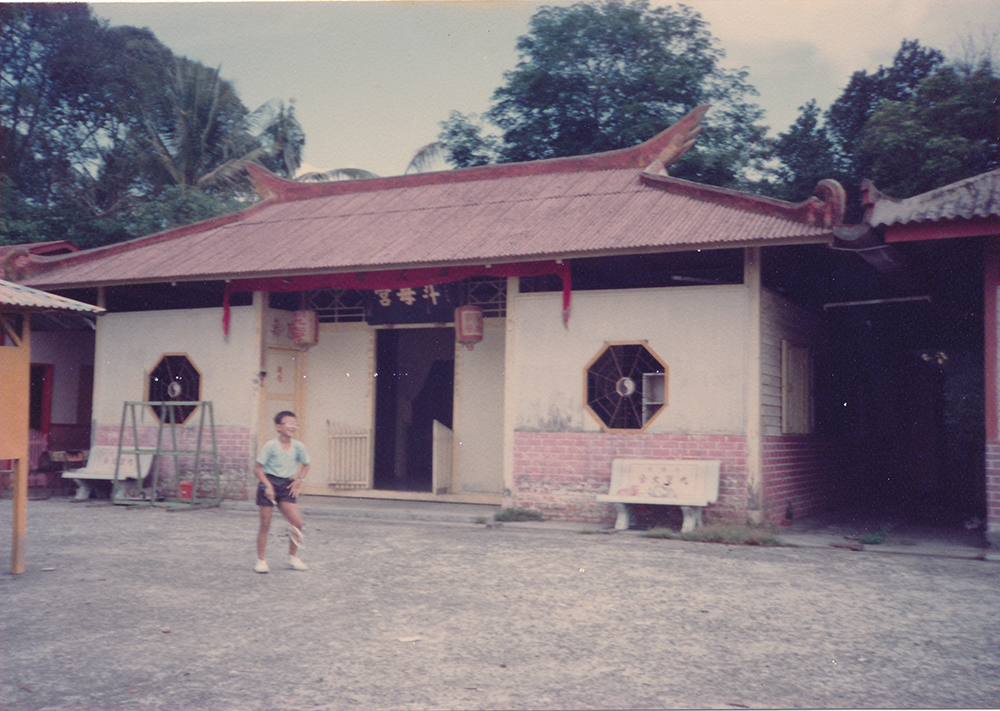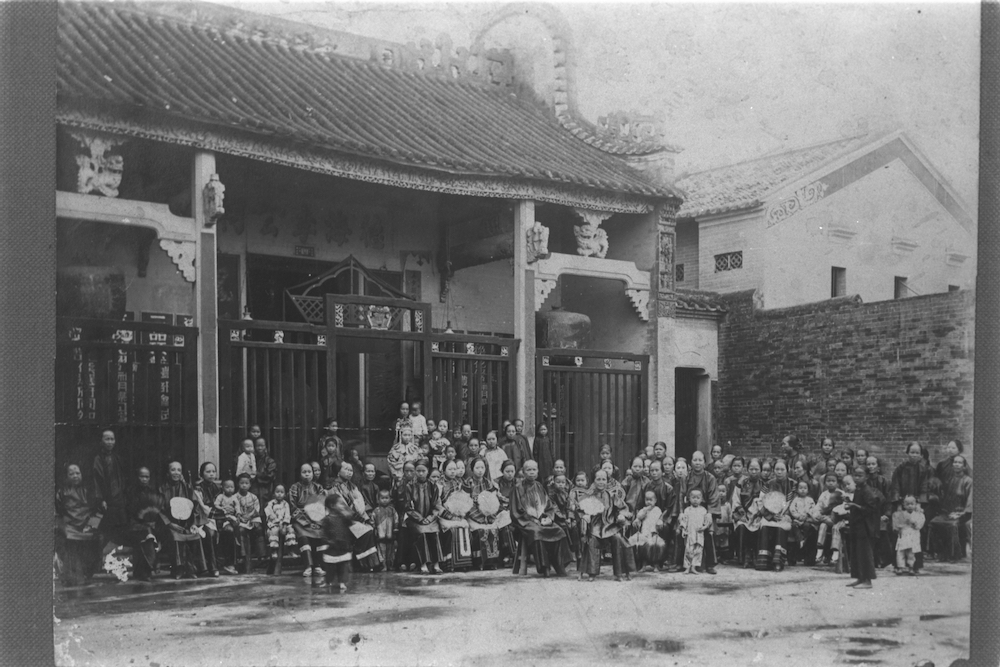This lafa (man’s cloth) is made of two halves sewn together longitudinally. Various types of motifs such as the dula buna design (“branching flower motif”), crosses, tumpal and diamonds are arranged in horizontal bands. The decorative program and layout of this textile is representative of textiles made by the Rotinese people and indicates that textile weavers were primarily influenced by Indian patola. Floral patterns, which feature prominently on Indian patola, were absorbed and translated into the local Rotinese context. The dula buna design in particularly, was inspired by the jilamprang (eight-bud flower) motif. The use of indigo on Rotinese cloths was also inspired by Indian patola. Indigo was used to denote cloths that were used and owned by the noble classes of Roti and functioned to differentiate locally produced Rotinese cloth from those produced by neighbouring Timor groups. Like in many native societies in Indonesia, similar tribal weavings from Roti Island were often used in funerary rituals. They could function as shrouds for the deceased or passed down as an heirloom from one family to another when a person passed on.




